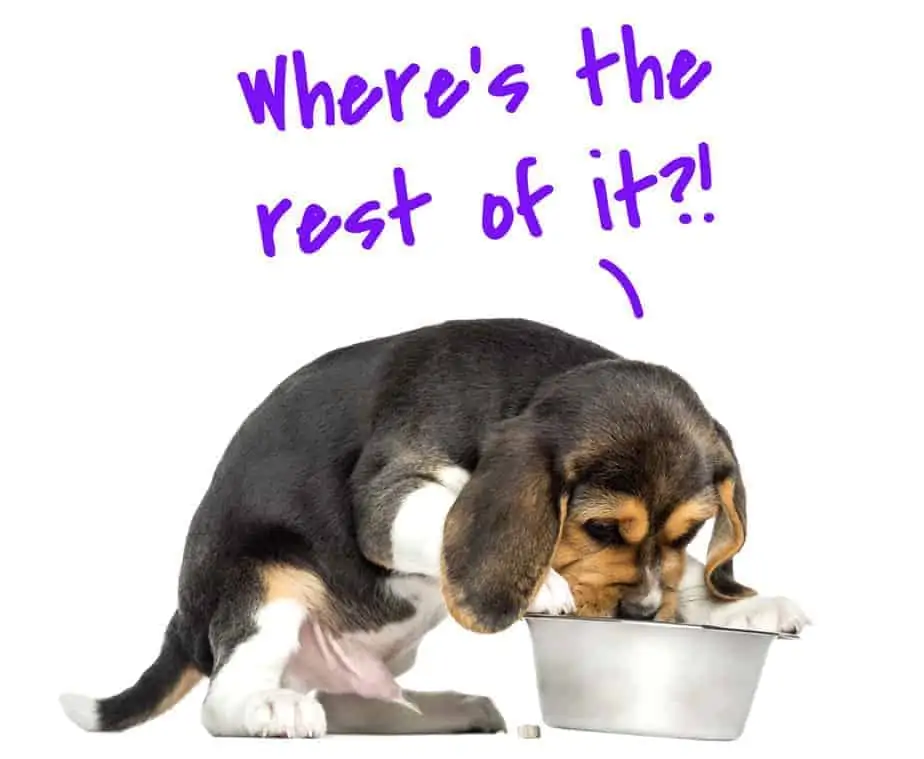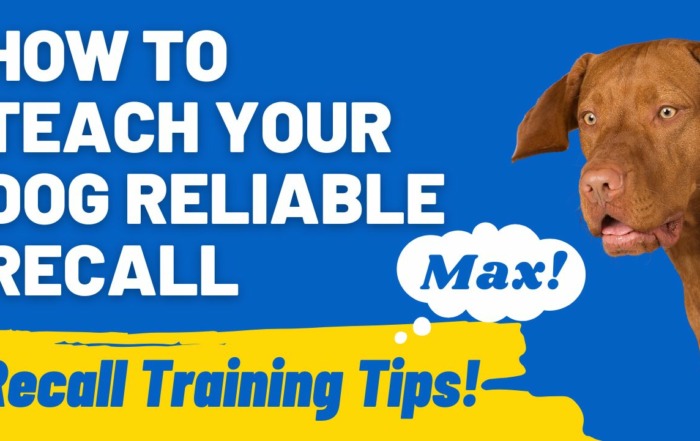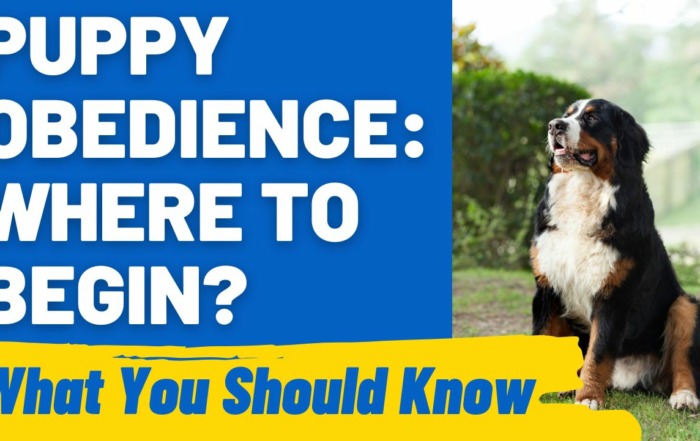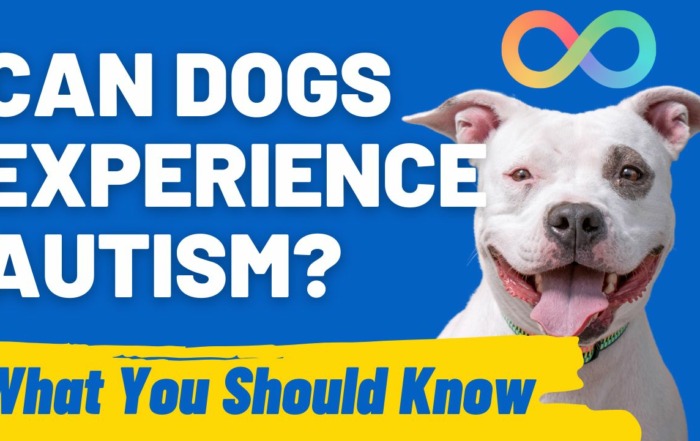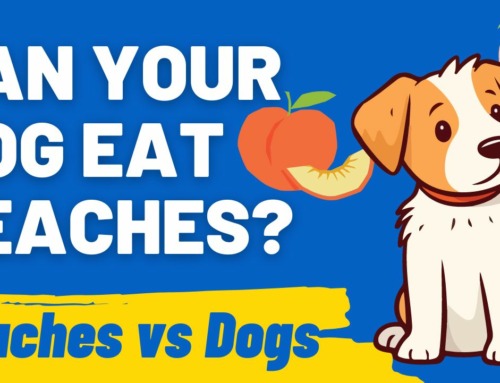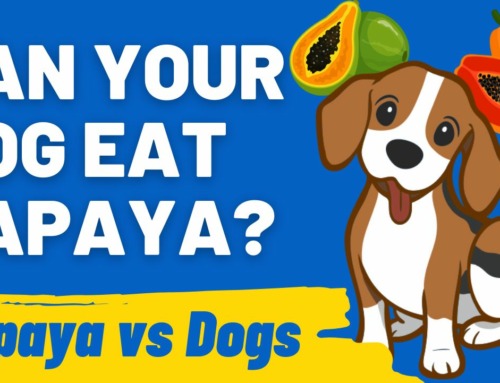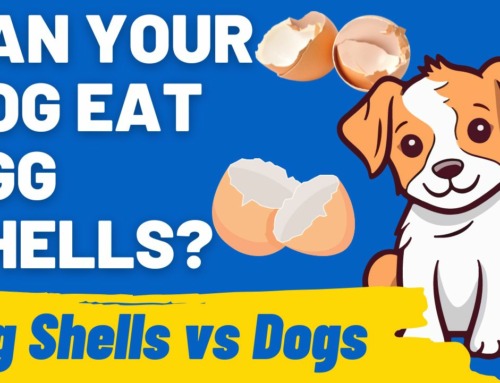An important part of owning a puppy is ensuring they are fed not only with the right quantity, but also with the correct method. Over-feeding your puppy can be just as detrimental to your puppy’s health as underfeeding them. Feeding them incorrectly can directly affect their health and their behavior.
There are several reasons why your puppy is always hungry, and we will explore what you can do to ensure your puppy doesn’t overdo it on the food obsession!
In this post we’ll give you an in-depth guide into these five aspects of your puppy’s diet:
- How much your puppy needs to eat each day
- What the proper feeding schedule is for your puppy
- Habits to avoid to stop food obsession
- How to know if you’re feeding your puppy enough
Why Your Puppy is Always Hungry
Your puppy might always be hungry because they need more daily calories. They may also have adopted bad habits caused through eating human food. Some dogs and puppies will naturally be more prone to food obsession. It’s imperative to fulfill your puppy’s daily needs and stick to a mealtime schedule.
The most obvious reason for your hungry puppy is this: They’re growing! Your puppy is going to be hungry and will need a lot of nutrition as they grow. However, keep in mind that it’s easy to overfeed your puppy through this early stage.
A puppy will eat more than an adult dog. As your puppy ages, they will require less food.
It’s not exactly straightforward how much food you should be feeding your puppy. It’s determined by their weight and their energy output, and of course, their age!
We have a feeding calculator link below, but we also highly recommend a service like PetPlate, who provide the correct portions for your puppy delivered to your door. We have a write-up on their service here, PetPlate: Should You Use It?
*EDIT – We have great news; our dog feeding calculator is now LIVE. You can use it here: Dog Feeding Calculator.
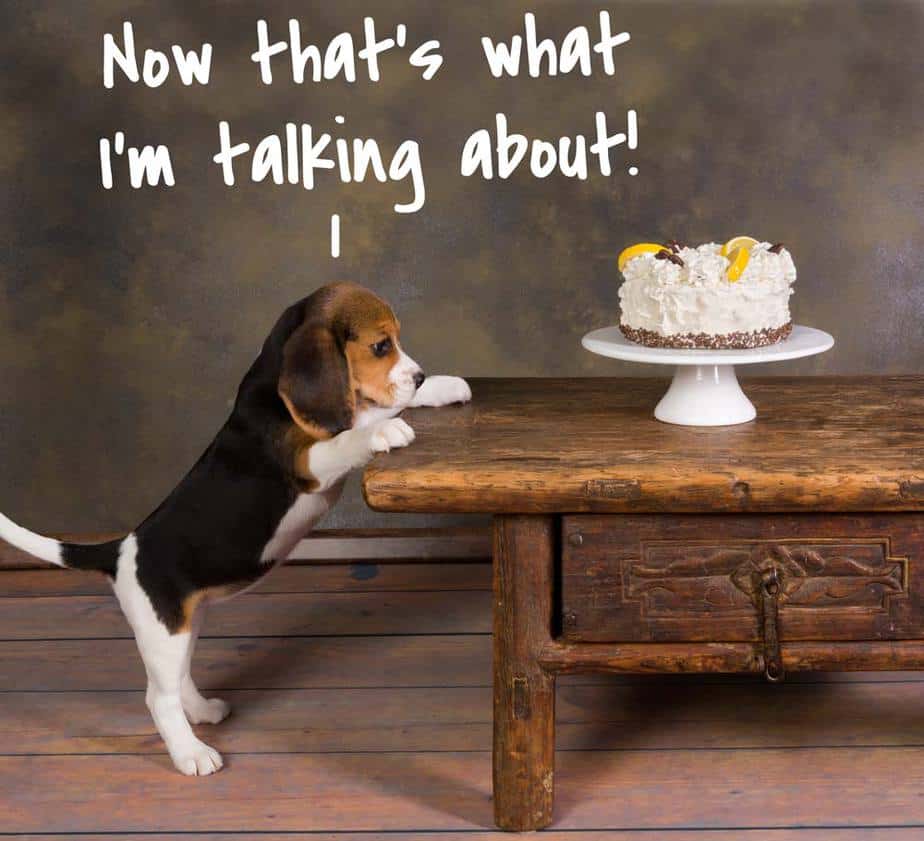
Like all living things, your puppy is hard-wired to survive. And that means food! Unlike humans, a puppy doesn’t necessarily understand when to stop eating. More likely they are thinking, “I better get it while I can!”
Also, if you have adopted a rescue dog this issue of over-eating may be magnified, as your puppy could have been previously neglected.
This is where you will help calm their fears about a lack of food, and provide them with a well-balanced diet, and a regular feeding schedule.
Another reason your puppy might always seem hungry is that they’ve been getting table scraps and extra treats from their human companions.
Giving your dog endless human food is like giving a toddler an endless supply of lollipops! It’s hard for your puppy to say no to something that tastes so good to them. In their minds, they just ate, but now they want dessert! And if it tastes good enough, they’ll eat and eat and eat!
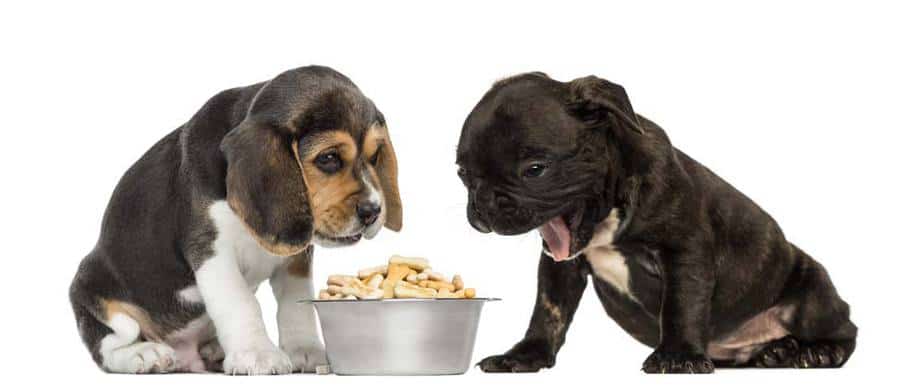
Resist the urge to feed your puppy human food – and make sure everyone in the house is on the same page. It’s easy to tell who’s been giving human food, because that’s who your dog will be sitting next to come dinner time!
If you are going to give your puppy dog treats outside of their regular meals (which you should for training and rewarding good behavior), incorporate the number of treats into your dog’s daily nutrition needs.
Some follow the 90 to 10 rule. Ninety percent quality dog food, ten percent dog treats.
Good to Know: A food obsessed puppy is a dog that can be easily trained!
How Much Food Should I Give My Puppy Each Day?
Many puppies suffer from overfeeding as much as underfeeding. While each puppy will have different daily needs, there are a few guidelines to follow.
Suppose you have a major concern with your puppy’s eating habits, in this case it’s always good to discuss these issues with your pup’s veterinarian who can physically assess your puppy’s needs.
Are you interested in reading our post, Is pet insurance worth it? 5 shocking facts you need to know…
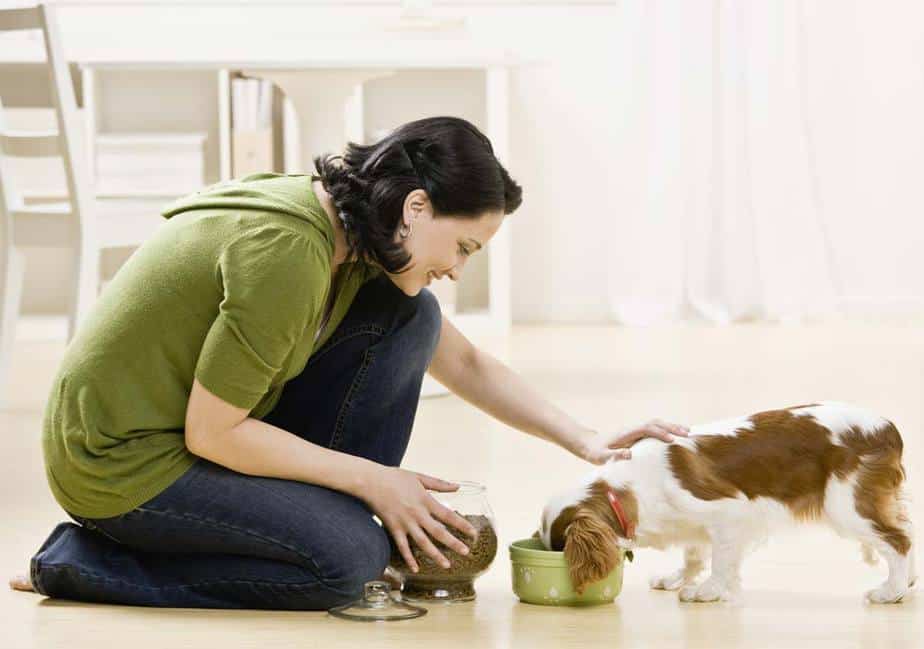
How Many Times Per Day to Feed Your Puppy
Typically, you will feed your new puppy at least four times per day. As your puppy grows older, or if your puppy shows signs of unhealthy weight gain, you will cut out a meal.
Your puppy will then only be fed 2 to 3 times per day. As your puppy grows into an adult, unless they are a working dog, they will likely only need to eat twice per day to maintain healthy nutrition.
The American Kennel Association says “feeding them three or four times per day makes it easier for puppies to digest and help keep energy levels consistent.”
The below table outlines your puppy’s needs for feeding each day.
| Age | Frequency |
|---|---|
| 8-12 weeks | 4x to 6x Per Day |
| 3-5 months | 3x to 4x Per Day |
| 6-9 months | 2x to 3x Per Day |
| 9+ months | 2x Per Day |
Here are quantity puppy feeding charts for our recommended Blue Buffalo Puppy Feed to give you a guideline on how much they should be eating (We like Blue Buffalo as it’s packed with the proteins, fats, and vitamins your puppy needs for healthy growth. It’s also high in fiber – which means easy to pick-up poops!).
Each chart corresponds to a respective puppy age.
Puppy Age 1 to 3 Months Old
| Puppy Weight | Amount (Cups) |
|---|---|
| <5 Pounds (2.6kg) | 0.75-1 |
| 5-10 Pounds (2-5kg) | 1 – 1.75 |
| 10-20 Pounds (5-9kg) | 1.75-2.75 |
| 21-40 Pounds (9-19kg) | 2.75-4.75 |
| 41-60 Pounds (19-27kg) | 4.75-6.25 |
Puppy Age 3 to 5 Months Old
| Weight | Amount (Cups) |
|---|---|
| <5 Pounds (2.6kg) | .25 to .75 |
| 5-10 Pounds (2-5kg) | .75 to 1.25 |
| 10-20 Pounds (5-9kg) | 1.25 to 1.75 |
| 21-40 Pounds (9-19kg) | 1.75 to 3 |
| 40-60 Pounds(19-29kg) | 3 to 4.25 |
Puppy Age 5 to 7 Months Old
| Weight | Amount (Cups) |
|---|---|
| <5 Pounds (2.6kg) | .25 to .50 |
| 5-10 Pounds (2-5kg) | .5 to 1 |
| 10-20 Pounds (5-9kg) | 1 to 1.75 |
| 21-40 Pounds (9-19kg) | 1.75 to 2.75 |
| 40-60 Pounds(19-29kg) | 2.75 to 3.75 |
Puppy Age 7 to 12 Months Old
| Weight | Amount (Cups) |
|---|---|
| <5 Pounds (2.6kg) | .25 to .50 |
| 5-10 Pounds (2-5kg) | .5 to 1 |
| 10-20 Pounds (5-9kg) | 1 to 1.50 |
| 21-40 Pounds (9-19kg) | 1.50 to 2.50 |
| 40-60 Pounds(19-29kg) | 2.50 to 3.25 |
Daily Food Needs for Large and Small Dog Breeds
A small dog is one that has an adult weight of below twenty pounds. A large dog is going to be anything greater than twenty pounds.
Here is how their feeding schedule will differ:
Large dog breeds should be able to eat hard kibble by around the 10-week mark. Smaller breeds may not be ready for hard food until the 14-week mark. If you find your puppy is struggling to eat the harder food, you can always add some water to soften it, or add a wet food topper.
Large Breed Puppy
A large breed puppy like a Doberman, Collie, Labrador, Golden Retriever, or Great Dane, will need approximately the following daily needs:
| Weight | Amount Per Day |
|---|---|
| 5-10 Pounds | 1-2 cups |
| 10-20 Pounds | 2-3 cups |
| 20-40 Pounds | 3-5 cups |
Remember that these are averages and guidelines. Your specific dog may need more or less. Watch for any signs of obesity or under-feeding and adjust accordingly.
Small Breed Puppy
These will include Pugs, Yorkshire Terriers, Miniature Poodles, French Bulldogs, Shih Tzus, and of course Chihuahuas.
Here is a charted guideline of approximately how much food they will need.
| Weight | Amount Per Day |
|---|---|
| 0-5 Pounds | .75-1 cups |
| 5-10 Pounds | 1-2 cups |
| 10-20 Pounds | 2-3 cups |
You may note that these are not too different than large breed puppies. A growing puppy needs a good amount of food regardless of the breed. Also, large breeds are especially susceptible to joint problems if overfed, so you do want to be careful with that.
Perhaps you have a working dog. There are diet changes for working and non-working dog.
How Much to Feed My Working Dog Puppy
Working dogs – German Shepherds, Siberian Huskies, Kelpie, Australian Shepherd, Border Collies, and many more breeds of working / sporting dogs may need an altered diet due to increased activity.
Non-working dogs – Bulldogs, Chow Chow, Boston Terrier, Labrador Retrievers, Boston Terrier, French Bulldog, Bichon Frise, and other non-working dogs, all will require less food than a working dog.
If you have a puppy that is being raised and trained as a working dog, they will need a little more food each day. This is also true if your dog is especially active or athletic.
In this case, consider giving your working dog just a bit more dog food per day. But be sure to watch out for the signs of an obese or underfed dog.
How Do I Know My Puppy is Eating Enough?
Even when following a chart or other recommended feeding amount, you may be wondering if your puppy is getting enough to eat.
Our list here of 1 to 5 will determine where your puppy is on the spectrum of underweight to overweight.
- Can you easily see your puppy’s ribs?
- Can you easily feel your puppy’s ribs?
- Does your puppy have a clear waistline when viewed from above?
- Does your puppy’s abdomen sag when viewed from the side?
- Is it hard to feel your puppy’s ribs?
Let’s dive into each one in a little more depth so you know what they mean.
I Can Easily See My Puppy’s Ribs
If you are able to easily see your puppy’s ribs, then they likely need to be fed more. Don’t make the mistake of way over feeding your puppy, just make sure you are feeding them on the higher side of what their daily needs are.
If your puppy is not gaining weight, they may have a medical issue. If this is the case, take them to their vet for an examination.
I Can Easily Feel My Puppy’s Ribs
If you can easily feel your puppy’s ribs, then it probably wouldn’t hurt to give them some more food each day.
Note: If you can feel your puppy’s ribs, but also feel a good layer of fat covering them, then they are probably doing okay.
My Puppy Has a Clear Waistline from Above
Good news! Your puppy falls into the optimal category. You don’t want to see their ribs easily, or easily feel the ribs on long-haired breeds. Just something to keep in mind, as underfed puppies will have too slender of a waist.
My Puppy Has a Sag in Their Gut
If your puppy has a saggy gut when viewed from their profile, and they don’t appear to have a good waist, then they are probably on the heavier side. Most puppies, like human babies, should have a little bit of puppy fat. But you’ll want to be careful, as they may be in danger of becoming severely obese.
An obese puppy could have many health problems, including issues with their joints.
My Puppy Doesn’t Have a Waist and Their Gut Really Sags
You want to be careful here, your puppy may be venturing into obesity. These puppies should be fed on the lower side of their daily average needs.
If you think your puppy is severely overweight, you may want to take them to a veterinarian who will help your puppy get on a healthy diet.
All puppies are different. But if you remember these weight guidelines, you should be able to appropriately adjust your dog’s diet to avoid obesity and under-feeding.
Habits to Avoid
Here is just a short list of habits to avoid when feeding your puppy.
- Erratic feeding schedule
- Giving them table scraps
- Overfeeding
Schedule
Your puppy will have less anxiety if they know exactly when their next meal will be. This will help them stop begging and keep their gut healthy.
Puppies are intelligent and know when it’s time for dinner. The more regular you are with their feeding, the more they will know when dinner time is.
Keep a time for when you feed your puppy, and try your best to stick to the chosen times.
Table Scraps and Human Food
This is a bad idea. It’s hard to regulate and record what your puppy is eating when you constantly feed them table scraps. Make sure your whole family is on board with this.
Not only will it make it difficult for you to regulate their feeding, but your puppy will begin to expect tidbits of food whenever you eat, and will be more bothersome to you.
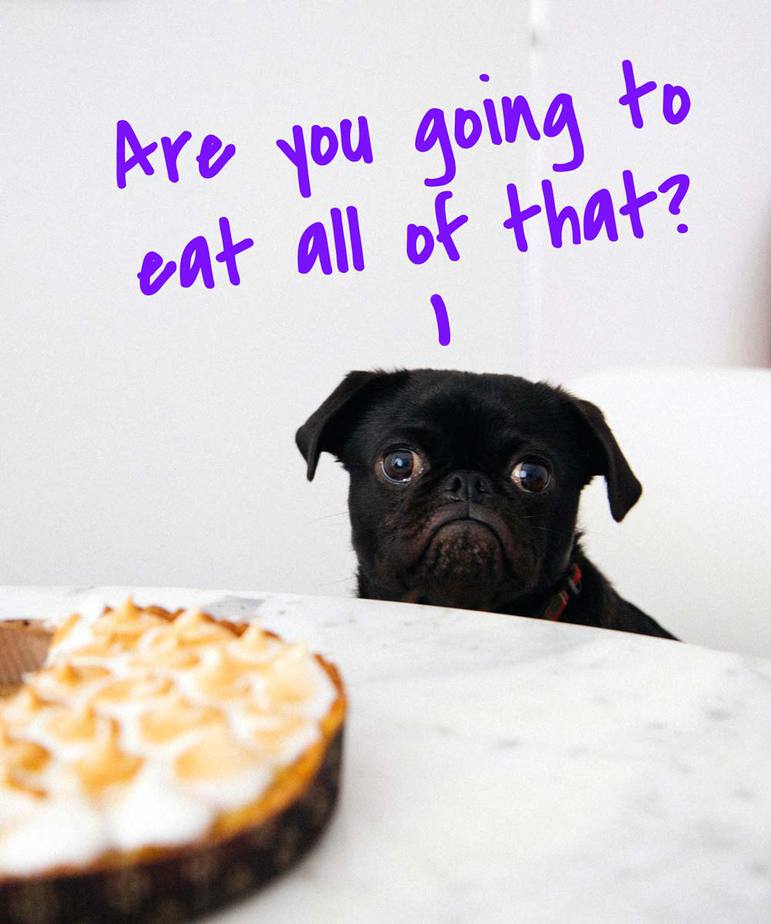
Overfeeding
We already mentioned this, but we’ll mention this again. Overfeeding will lead to obesity. This can cause all sorts of issues for your puppy, and an obese puppy will usually lead into an obese adult dog – which will have ramifications for your dog’s long-term health.
Consistently feed them on a daily schedule and you will see less begging. As long as your puppy is keeping a good weight as they grow, you are on the right track.
Final Word
Remember, your puppy has unique needs. If your puppy is too large or too small, be sure to seek professional consultation at your local veterinarian’s clinic. Your vet will be able to look at your puppy and give a specific daily plan.
Proper nutrition can have a drastic impact on your puppy’s future. If you do the research and pay close attention to your puppy’s weight progress, you shouldn’t have any issues giving them the proper food to lead a happy healthy life.
If your puppy is being a bother with constantly wanting food, then stick to a feeding routine and never give them human food. They will eventually learn that they only get their food at their scheduled feeding times.
Recall Training Secrets: How to Teach Your Dog Reliable Recall
Teaching a dog recall is not just a basic obedience skill; it's a vital aspect of ensuring the safety and freedom of your beloved pet. Picture this: your dog is playfully chasing after a squirrel [...]
The Joy of Petting: How to Approach Dogs the Right Way
"Can I pet that dog?" is often the first thought that pops into our minds when we see a furry friend wagging its tail. The joy of petting a dog is unmatched, offering both the [...]
Puppy Obedience: Where to Begin? An Introductory Guide
Puppy obedience is more than just teaching commands. It's about nurturing a relationship based on mutual respect and understanding. It lays the foundation for a well-behaved adult dog and ensures a harmonious life together. In [...]
Understanding Canine Autism: Do Dogs Experience It?
Have you ever wondered, can dogs have autism? Autism, a complex condition often characterized by social and communication difficulties, is widely recognized in humans. But when it comes to our canine companions, the idea of [...]
How to Integrate Play and Exercise for a Healthier Dog?
Ensuring a healthy and fulfilling life for our dogs involves more than just regular feedings and routine check-ups. Integrating play and exercise into their daily lives plays a crucial role in maintaining their physical and [...]
Outdoor Adventures: How to Make the Most of Outdoor Play with Your Dog?
Engaging in outdoor play with your dog is more than just a fun way to pass the time; it's an essential part of their health and happiness. From frolicking in the local park to embarking [...]

